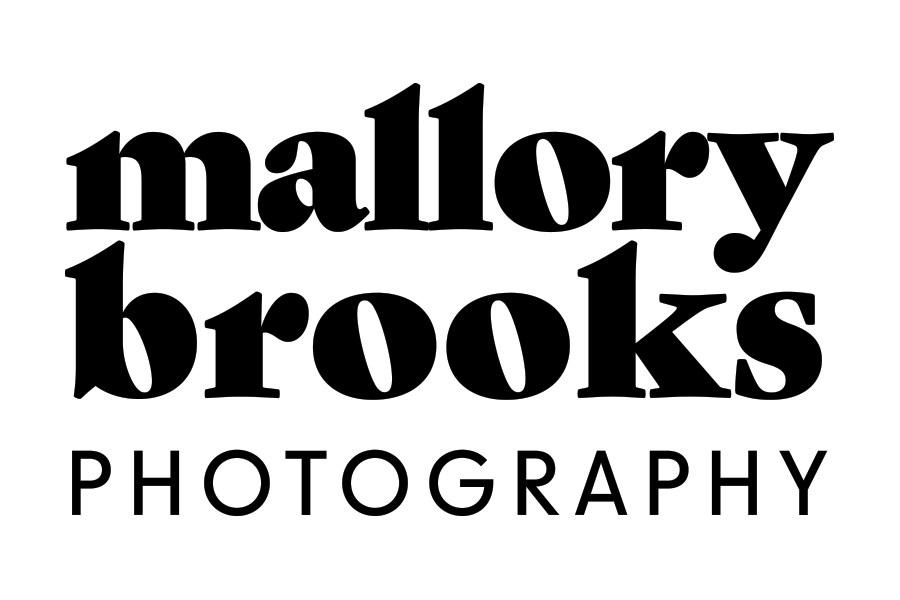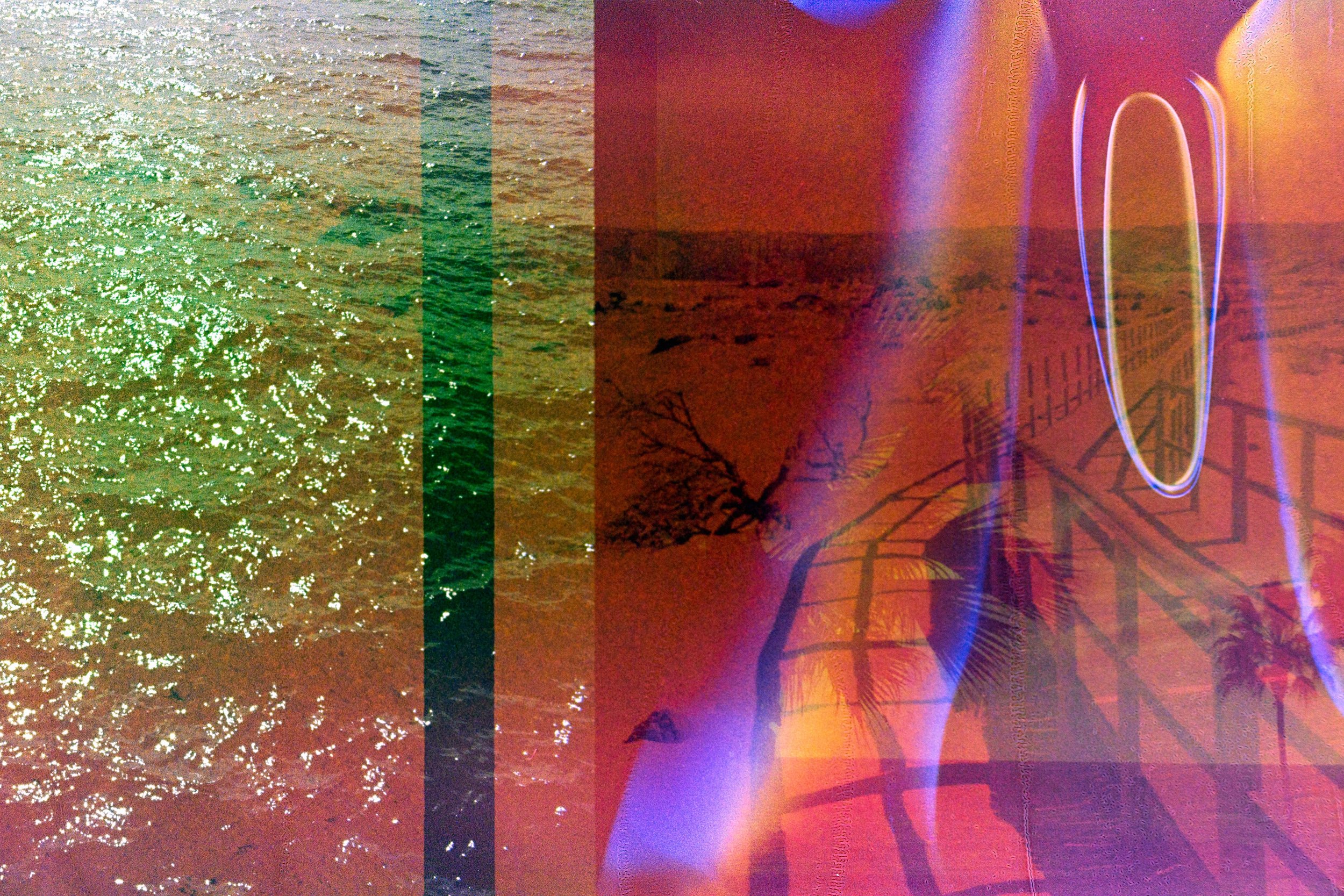Experimenting and Collaborating Through Film Swaps
When I was at the Experimental Photo Festival in Barcelona last summer, I participated in a group film swap: shoot a roll of your own and swap it for another’s roll. We all dropped our film into a bucket and randomly drew a roll to then shoot ourselves. This is the basic premise of shooting blind double exposures—shoot through a roll, then run it through your camera again and shoot anew, all without knowing exactly what you had shot on each frame. In this film swap, we were entirely blind to what the other photographer had photographed!
I received a roll of Kodak Gold 200 from Pablo Giori, who happened to label where he had shot his film—a desert called San Juan Ischigualasto in Argentina. I knew I wanted to shoot palm trees, so I brought the film with me to San Diego and did just that. And of course, I souped the roll, because why not?!
Once I developed and scanned the film, I realized something was amiss with the images. The first exposure, Pablo’s images, were barely visible through my second exposures. Some of it is likely due to the souping process, but it turns out I wasn’t thinking when I was shooting and ended up overexposing my images (which I tend to lean towards doing on purpose). Oops! That’s why my images dominate, though you can still see layers of the first exposures, which I feel add to the texture of the images. Combined with the film soup, I actually really like the subtlety that resulted.
This was my first film swap and I’d like to do more as a way to collaborate with other photographers. You each bring your own style and subjects to it, which can make for some pretty interesting and cool art. Plus, it’s fun embracing the unknown and the possibilities that creates.
For reference, I used my Pentax K1000 and souped the film in bath salts, ginger ale and champagne vinegar.










